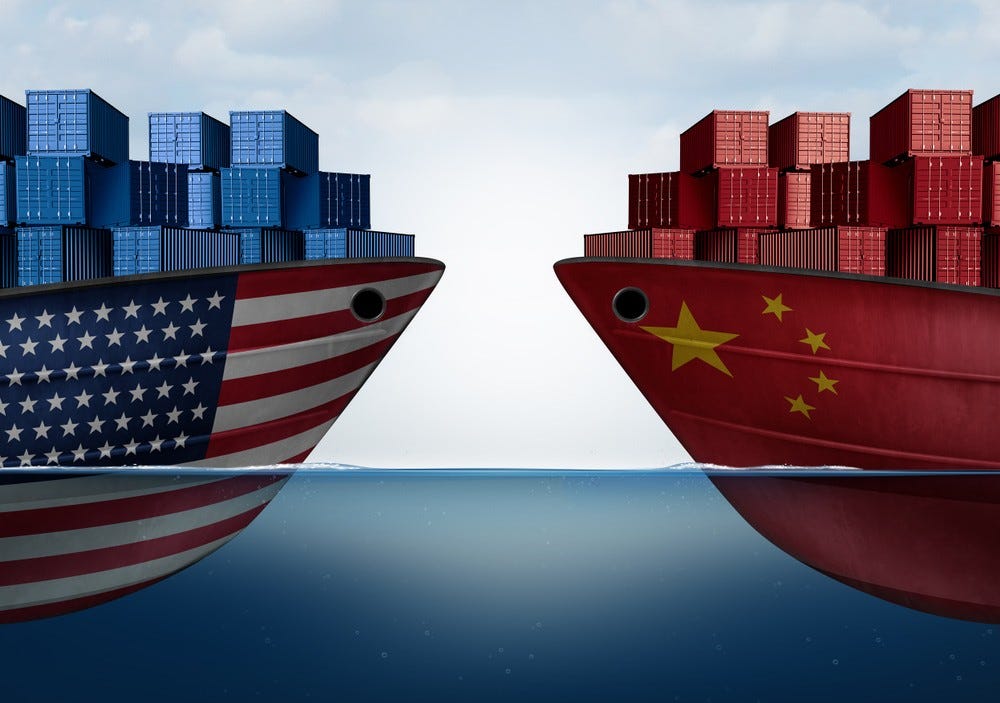It’s been a fun couple of weeks in the options world. Seldom in summer do we get a chance to throttle the “herd,” but given the thin order books encountered, keep this in mind: Never look a “gift horse” in the mouth.
Remember always to let your opportunities find you, but in the same breath, prepare yourself for the inevitable as it usually happens. Now, back to the reality of today and what is becoming clear.
It’s Election Time
As the U.S. presidential election approaches, policies related to regulation, trade, and immigration could significantly shape the overall economic landscape.
Regulation: A shift toward deregulation could positively influence business investment and market sentiment. Expected change areas include financial deregulation, energy policy, healthcare, and antitrust enforcement. While these changes may stimulate investment and improve market confidence, the overall macroeconomic impact will likely be more moderate, focusing on specific sectors rather than broad economic growth.
Trade: Trade policies are anticipated to remain an important pivotal issue. A new administration will continue efforts to realign U.S. trade relations and potentially increase tariffs, affecting global trade dynamics. Higher tariffs increase domestic inflation and slower economic growth, particularly impacting China and other major trading partners. The Federal Reserve will face more challenges balancing inflation and growth, with potential implications for interest rates and economic stability.
Immigration: Changes in immigration policy could have significant economic repercussions. Tighter immigration could reduce labor supply, potentially driving up wages and impacting overall spending and economic growth. However, the effect might be less pronounced than in other policy areas but could contribute to a stagflationary environment.
Fiscal Policy: Both major parties are expected to pursue higher deficits, though the extent and impact will depend on Congressional control. Increased fiscal spending might boost short-term growth. This could also lead to higher inflation and interest rates, affecting global economic conditions.
While all four themes, regulation, trade, immigration, and fiscal policy, will influence the economy, analysts flag that trade and immigration policies, in particular, have the most profound effects on economic performance and stability. I tend to agree.
How About Tariffs
If implemented, former President Donald Trump's proposed trade tariffs could have significant economic implications, potentially altering the landscape of international trade and domestic economic dynamics. Analysts delved into these possible outcomes, examining the immediate and long-term effects on inflation, consumer spending, and corporate strategy. The shift towards a more “protectionist” foreign economic policy will likely persist regardless of the election outcome.
Tariffs have evolved beyond their “traditional role” of protecting domestic industries. Ensure that reciprocal trade agreements encompass major national security concerns, pointing to growing geopolitical tensions, particularly with China.
Trump's tariff proposals are ambitious. They include a 60% tariff on all Chinese goods and a 10% levy on all other U.S. imports. Such broad-based tariffs are “unprecedented” and could drastically impact the U.S. economy.
There are two possible scenarios for 2025. In the first scenario, tariffs are limited and targeted, allowing companies to adapt by diversifying supply chains. This would likely result in moderate disruptions but manageable economic adjustments. Most believe such a scenario is more likely if tariffs are imposed by a Democratic administration or a more restrained Trump administration.
The second scenario envisions widespread and aggressive tariffs, which would be a lot harder for businesses to navigate and for management teams to circumnavigate. We’d discover that consumer price inflation and profit-margin pressure would be sustained, particularly affecting Consumer Discretionary and small-cap equities. Tariffs of this nature would create a significant headwind to economic recovery in 2025.
Higher inflation, driven by a restricted supply of low-cost imports, would likely lead to increased interest rates and an economic slowdown, especially in credit-sensitive sectors like housing. China's likely response would include retaliatory measures and strategic adjustments to sustain its export-led economy. U.S. multinationals operating in China could face significant challenges. This would prompt a “major” shift towards re-shoring or friend-shoring production to countries not subject to U.S. tariffs. U.S. large-cap companies are best positioned to navigate through the changes, and the U.S. dollar will remain a beneficiary of proposed tariffs.
I report what I see and hear. It is becoming clearer out there and what I see tells me that there are tough times ahead regardless of who wins the presidency. Time will tell.
Jimmy Cliff sang “I Can See Clearly Now,” and he meant every word. That’s what we want to see in today’s world but it takes time. Remember, let your opportunities find you, but prepare yourself for the unexpected. Take advantage of the “herd,” as they’re usually wrong. I’m sitting on a pile of cash, just like Warren Buffett. I am holding a bunch of shorter-term treasuries, consistently shortening the maturity curve as rates have to come down. That’s not good, folks; you lower rates when things get worse. The question we raise is how bad are they going to get?







